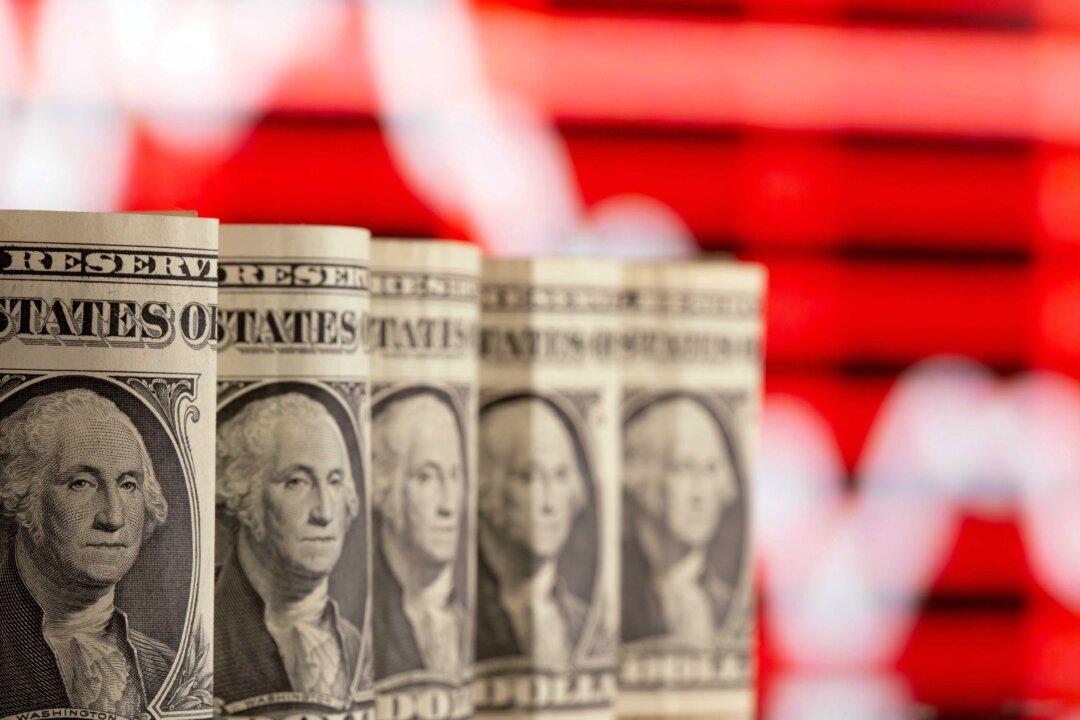The Federal Reserve says it’s taking a step toward the potential adoption of a central bank digital currency (CBDC) by ramping up its efforts to study the use of fast-evolving technologies for digital payments, with a particular focus on the opportunities and risks associated with this new type of digital dollar.
“Technological advances are driving rapid change in the global payments landscape,” the Fed said in a May 20 statement, adding that it’s actively exploring how it might refine its role as a core payment services provider and as the issuing authority for U.S. currency, while promoting monetary and financial stability, as well as the safety and efficiency of the payment system.





